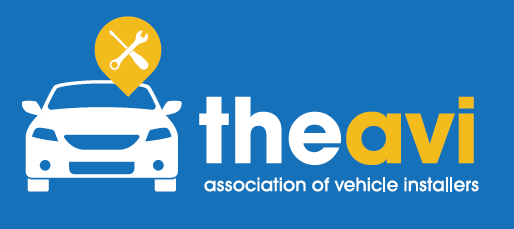Active Vs Passive Vehicle Tracker: Understand the Difference
A vehicle tracker is a great way to keep tabs on your car or fleet of vehicles. Whether you are using it for personal safety reasons, or to keep tabs on your business' valuable assets, a tracker can be a very useful tool. These devices attach to your car and allow you to track its location, speed, and direction, as well as receive alerts if it is moved without your permission. A tracker records the location of a vehicle and allows you to see its movements in real-time or historical data. This information can be helpful for security purposes, troubleshooting, or just simple peace of mind.
With so many options available on the market, it's important to know about two different types of trackers - passive and active. If you're thinking about investing in one of these systems, it's important to understand what they are and what they can do for you.
Active vehicle tracker
Active vehicle trackers are devices that use GPS or cellular signals to track the location of a vehicle. They emit a signal that is tracked by a satellite. The device can be used to track the location of a vehicle in real-time. They work by connecting to the car's computer system and reporting its location back to a tracking server. This information can then be accessed through a web portal or mobile app, allowing you to see where your car is at all times.
Active trackers are becoming increasingly popular as people look for ways to protect their vehicles from theft or loss. They can also be useful for parents who want to keep tabs on their children's driving habits or business owners who want to make sure their employees are sticking to their routes.
Active trackers provide more up-to-date information, and they can often be used to create more detailed reports about a vehicle's whereabouts. For this reason, active trackers are often used for fleet management and other similar applications. Active vehicle trackers are usually subscription-based services that send updates on the location of a car to a user's phone or computer.
Features of active vehicle trackers
- Active trackers are compatible with all operating systems.
- Active trackers are very helpful when it comes to an emergency like theft and missing scenarios.
- With strong signals, it can provide accurate results.
- It provides enhanced security for both drivers and passengers.
- Active trackers are super fast, making them more convenient and more reliable than other trackers.
- With an active vehicle tracker, you can improve your driving efficiency by monitoring your speed and distance traveled.
- By tracking data such as engine temperature and RPMs, you can catch small problems with your car before they turn into bigger issues. This can save you time and money on maintenance costs.
Passive vehicle tracker
A passive vehicle tracker is a device that attaches to a vehicle and collects data about the vehicle's movements and records the movement of a vehicle without requiring any input from the driver. The data is then transmitted to a remote location where it can be analysed. A passive vehicle tracker relies on power from the vehicle's electrical system and/or battery to record movement data, which can then be accessed by the fleet owner or law enforcement officials.
Passive trackers don't provide any real-time measures like active ones, but it provides historical backup data to access from anywhere and anytime. Passive trackers are a great way to help investigators get the answers they need by accessing stored data.
Features of passive vehicle trackers
- Passive trackers are very cost-effective and are very affordable, so they are a great option for budget-minded fleet management.
- Passive trackers use simple algorithms and are easy to understand by anyone.
- Passive trackers are often used for fleet management to cover insurance because many insurance companies offer discounts on premiums for drivers who have a tracker installed in their car.
- These trackers are not sensitive to the signals so you can easily be using these trackers without any trouble.
- No monthly subscription is needed for these passive trackers.
- Additionally, passive trackers use very little power so they don't drain your vehicle's battery.
The biggest difference between active and passive vehicle trackers is how they collect data. Active trackers send out a signal to satellites or other receivers, while passive trackers rely on cell phone towers or GPS signals already in place. This means that active trackers can collect data more quickly, while passive trackers are less expensive. However, active trackers require a subscription plan, while passive trackers do not. So which is right for you? It all depends on your needs!
If you're looking for a reliable and affordable way to keep track of your vehicle, then
Smart Fits is the company for you. For those looking for an active vehicle tracker, we suggest the
Geotab GO9 Fleet Tracking Device. This device not only tracks your vehicles but also provides important driver safety features.
We understand the importance of safety while driving and offer a variety of tracking services to keep your vehicles, and those in them, safe.
Visit our web store today for the best possible protection for your car or fleet of vehicles!The body content of your post goes here. To edit this text, click on it and delete this default text and start typing your own or paste your own from a different source.










